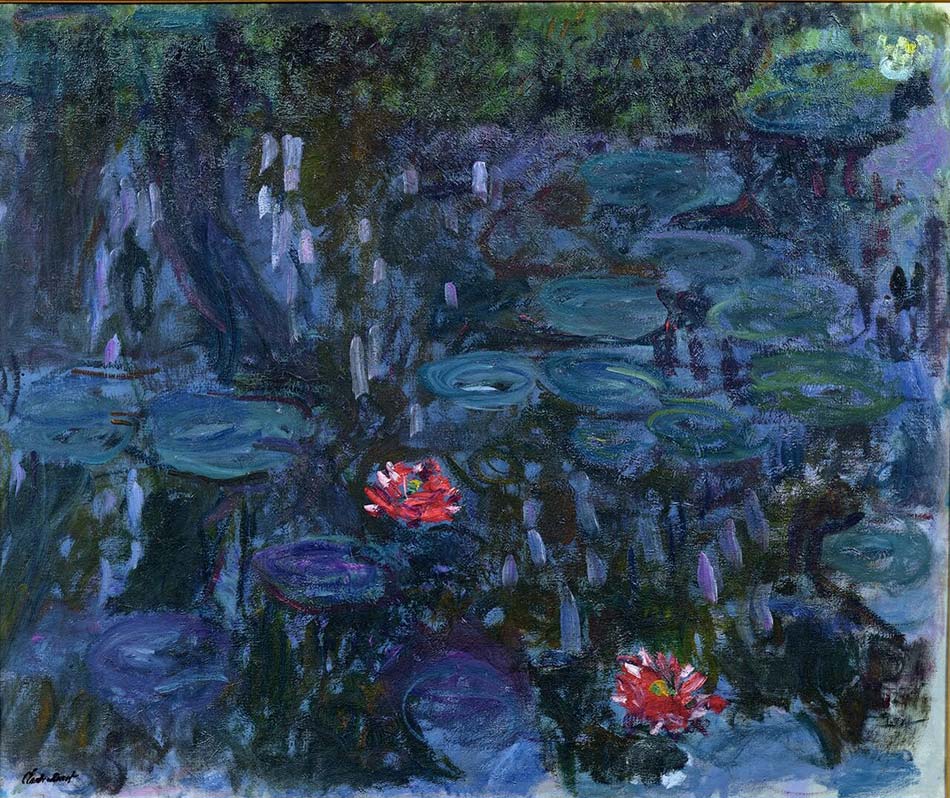The French impressionist painter Claude Monet was a busy bee in old age. He kept painting landscapes and flowers with one crucial difference: the feel of his work was cooler than usual, thanks to one fact few people know: he could see UV light! #todaymagic
Humans can’t perceive ultraviolet light because our eyes have 3 types of pigments tuned to violet, green and red light. Other creatures, such as bees and birds have additional pigments that are tuned to UV light. That can’t be changed… unless, the lens is completely removed, allowing all light to come forward.
But how could Monet see UV light? At one point in his life, he developed cataract, a disease that made him see everything more faded, like he was living in a perpetual fog. At age 82, he finally decided to have his left eye’s lens completely removed, thus disabling the obstacle that prevented him to see colors accurately and ultraviolet light.

After this change, light entered his eye freely. Monet could see more colors than ever, which prompted him to paint water lilies in white and blue, as his blue-tuned pigments could pick up the UV light from the petals.
source: Carl Zimmer/ downloadtheuniverse.com
Follow TechTheLead on Google News to get the news first.























